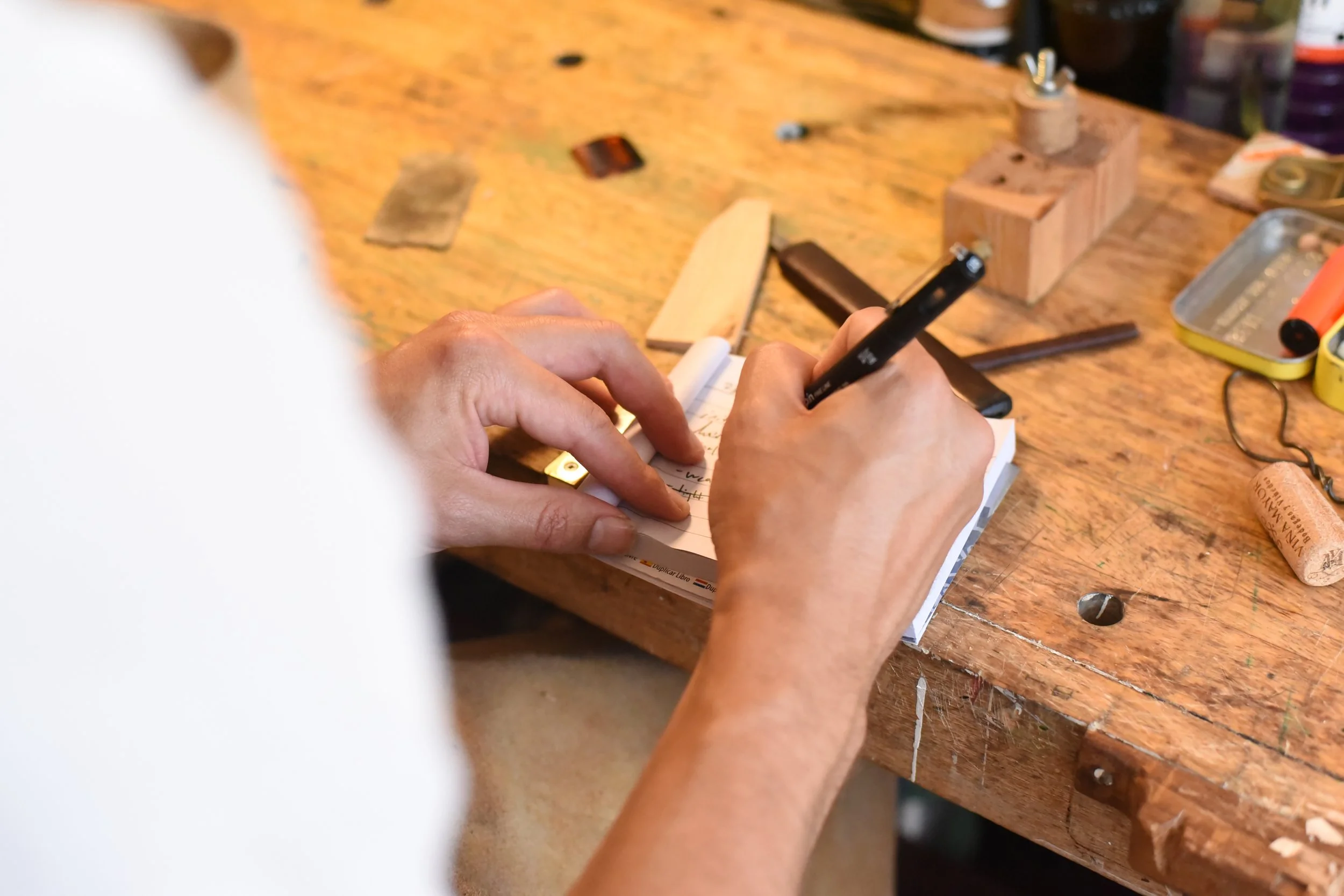Notes
A Note on Rehairs
The general wisdom is to rehair once every year but this ignores the diversity of player, how frequently they play, how they play, and what sound, texture, and grip they want to hear and feel. So general wisdom is out.
If you’re unsure whether you need one, read below, as these are the best indicators.
Rehair when your shoulder and upper back start to hurt after you play, it means you’re pressing too hard and compensating for the bows natural degradation.
Rehair when you feel your bow slide too easily on the string. Good way to check is to let a fellow musician use your bow and if they complain, it’s time.
Rehair when the grime near the frog turns black. It’s gross.
Rehair when you notice a gap between your band of hair and the wall of the ferrule.
Rehair with Black Hair if you’d like to explore hair with more grip with just as long a rehair life as traditional white.
Rehair with Chestnut if you’re looking for a more sustainable (and affordable) alternative to the traditional white. It lasts just as long, has comparable grip and tension, and looks stunning.
Rehair with White Hair if you’re a professional, full-time musician. I offer two types, a higher grade and brighter white, and an excellent standard quality that as far as I can tell from my testing has very little variance with the higher quality
I am currently exploring some synthetic ‘vegan’ options for horsehair and glue so stay posted when I can provide something I’m happy with.
Before the rehair, I clean, polish and refresh the stick and bow components, giving it more of a ‘spa’ experience. I also make note of anything that may need attention. I love all bows of all makes, so taking care of your bow is a sincere joy.
A Note on becoming an Archetier
Becoming an archetier is a not a good idea. The profession remains on the critically endangered list of Heritage Craft Skills for the third year running, there are no dedicated schools for bow making and repair offered in the UK, the premiere institution of British violin making is no longer offering a degree programme, and the wood used for bows is about to enter a category that would make any sale of it illegal. I knew all of this when I began my training, and the above conditions have only worsened in the last five years. It’s easy to be pessimistic.
Why Bother? This is a lot of fun. Training, working, and learning is a lot of fun. Using a lathe is a lot of fun. Repairing something and hearing someone else’s satisfaction is a lot of fun. And if it’s not fun it’s not worth doing.
